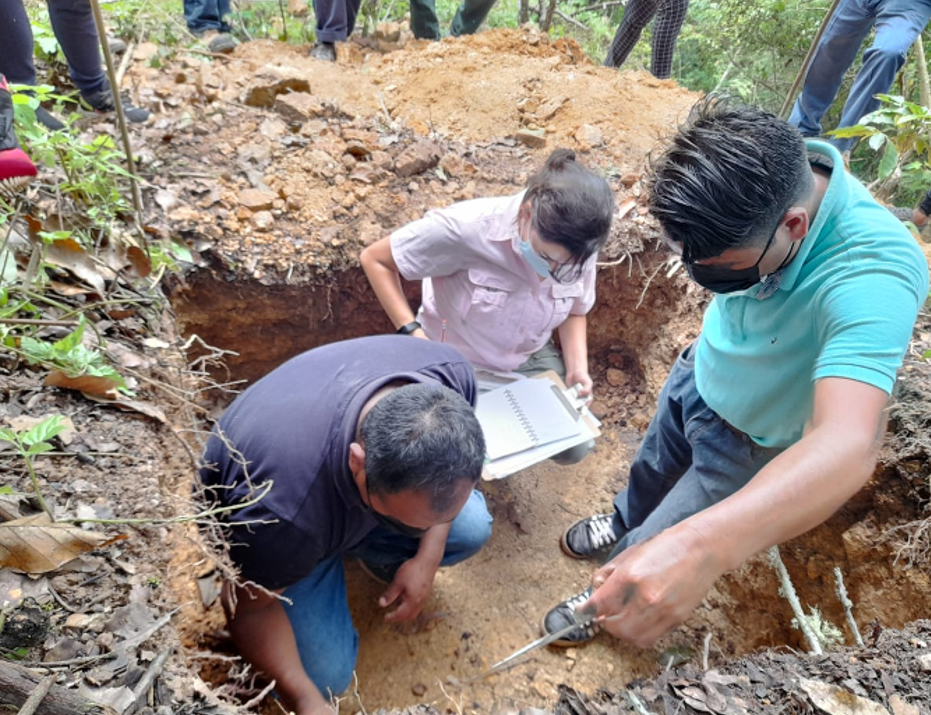

A success factor for the solution was the use of historical information, such as published documents and the institutional knowledge of the Community Helper, to identify the needs of each agroforestry plot. With this information, the people who produce and have plots with similar nutritional needs were efficiently grouped together. In addition, it was important to evaluate and record the physical and chemical characteristics of the soil, as well as to record the plant species established in the coffee plots in the zone. These evaluations were necessary to identify the available inputs for the production of biochar. Subsequently, and evaluating the information obtained, personalized enrichment plans were designed, with the purpose of increasing the productivity and quality of the coffee, seeking to respect, as far as possible, the deep-rooted uses and customs of production.
- Availability of historical information to identify areas of opportunity related to coffee soil;
- Creation of enrichment plans, according to the needs of the different zones in the impact area;
- Opening up to environmentally conscious markets, related to the consumption of products that do not contribute to climate change;
- Consideration of potential conflicts in the use of biomass for food and fuel, which could have a negative carbon footprint.
- Lack of knowledge limits the appropriation of new technologies to enrich soils and have less impact on ecosystems, so it is necessary to show the consequences of intensive agriculture and the benefits of conserving nature;
- For the success of the soil improvement program, it is important to know the depth, color, texture and structure of the plot, and its capacity to retain/filter rainwater, as well as the shade plants established;
- Before making an intervention in the plots, it is necessary to identify local sources of raw material to produce biochar, so that the producers' doubts can be answered in the field;
- The producers in the field ask questions that are related to specific soil characteristics of their plot, so it is necessary to consider the soil differences between the coffee growing regions of the intervention zone;
- Coffee farming produces a large amount of waste each year, which is generally not adequately managed and becomes an environmental and sanitary risk.